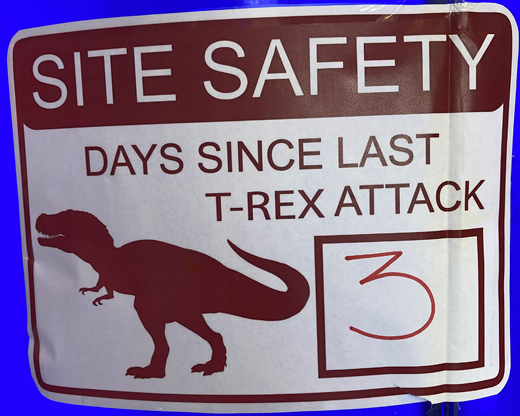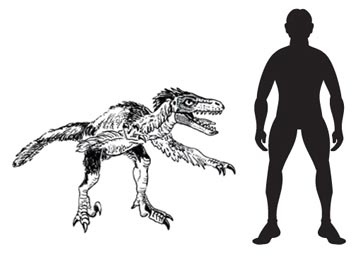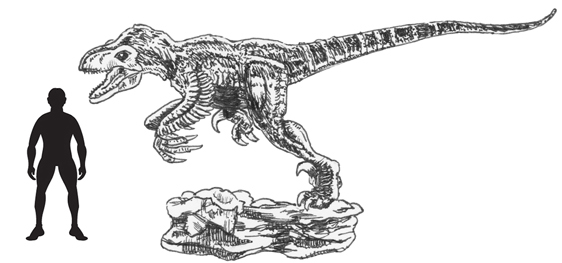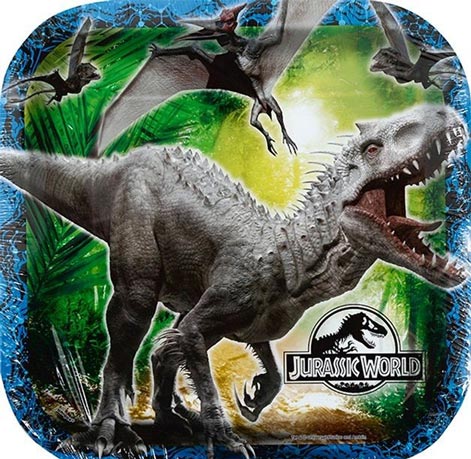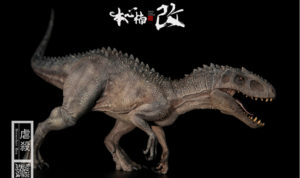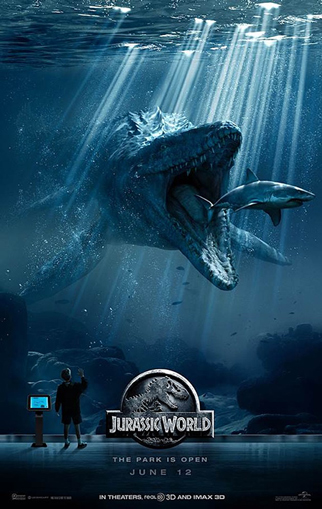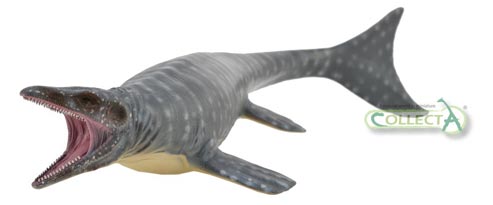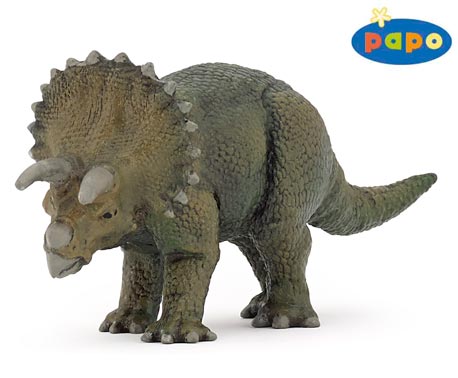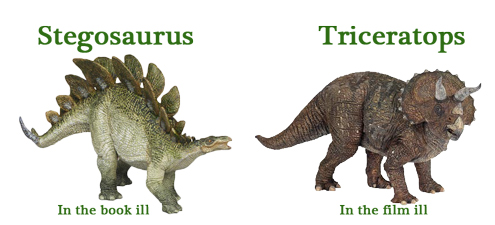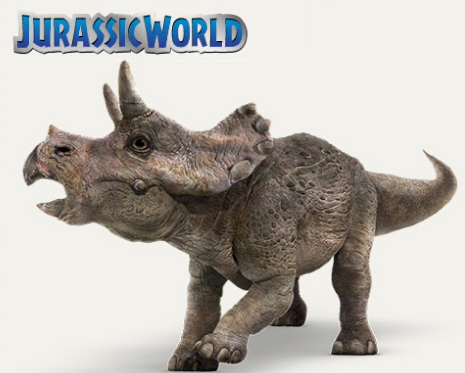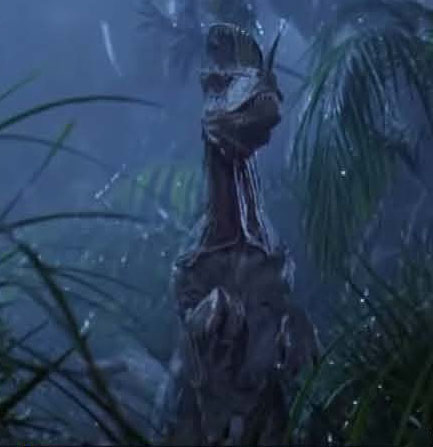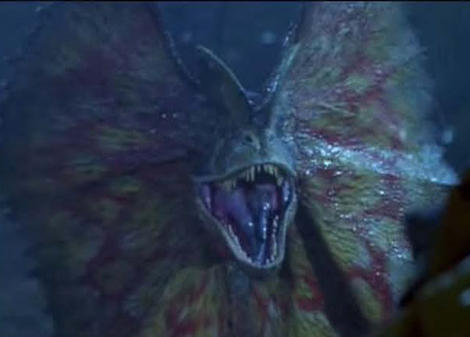Jurassic World = “Dumb Monster Movie”
A number of news stories have appeared in the media over the last few days criticising how the dinosaurs are depicted in the forthcoming film “Jurassic World”, which is the fourth film in the hugely successful “Jurassic Park” franchise. Articles with headlines such as “Jurassic World branded “dumb monster movie” with unrealistic T. Rex without feathers” from the Scottish Daily Record and “New Jurassic World film slammed as “dumb monster movie” because dinosaurs were covered in fluffy feathers in real life” from the Mail On-line, are typical of the adverse publicity.
Knocking a movie before it has been released is not new, prior to the release of the first three Jurassic Park films there were criticisms. In this article, we want to address the balance a little bit and to put some of the statements made into context with regards to the idea of extracting genetic material from amber in the first place. The fluffy dinosaur debate will come later.
“Jurassic World” Gets Criticism
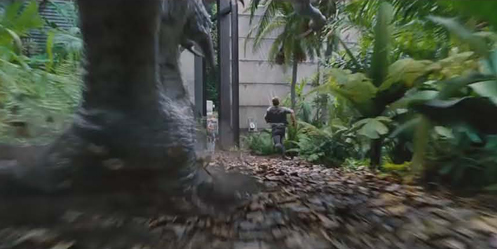
A “feat” of genetic engineering but are the dinosaurs accurate?
Picture credit: Universal Studios
Getting the Terminology Right – What’s in a Bionomial Name?
First of all, let’s get out of the way one inaccuracy from the headlines. The dinosaur name “T. Rex” should never be written with the species name – rex given a capital letter. There are rules and conventions as to how the taxonomic hierarchy is expressed, rules that we, at Everything Dinosaur do try to stick to.
Formally, the names of all genera in this case Tyrannosaurus, should always begin with a capital letter. The species or trivial name however, should always begin with a lower case letter. The “King of the Tyrant Lizards”, should be written as T. rex or Tyrannosaurus rex, note also that the names of genera and species are always printed in italics. We at Everything Dinosaur do try to adhere to these conventions whenever we can, but we do admit, whilst we try to put the binomial name into italics, when stating the genus, we don’t normally revert to the italicised form.
Dinosaur Fans Disappointed
Despite claims that dinosaur fans could end up being extremely disappointed when this film finally gets released (June 12th), it is just a film, it’s entertainment and from what we have seen from the trailers “Jurassic World” is going to be very entertaining.
The extremely talented and eloquent vertebrate palaeontologist Darren Naish, is quoted in a number of articles (Sunday Times, Business Standard, Daily Mirror to name but a few), he states:
“The original film [Jurassic Park released in 1993], showed dinosaurs that were not simply roaring, scaly monsters but were active, social, bird-like animals with dynamic bodies. Now, Jurassic World is simply a dumb monster movie and there has been a deliberate effort to make its animals look different from the way we think they should.”
Let’s try and put some of these “headlines” seen in the media into context.
The Amber Effect
The idea that genetic material can be extracted from the bodies of blood sucking insects that have been preserved in amber, the basis for the entire franchise, simply, is not true. In fact, whilst we at Everything Dinosaur try not to say “never” as advances in science will change circumstances, it is highly improbable that DNA, that forms the basis of a “de-extinction” of a species, will ever by successfully recovered from amber. The author of the book “Jurassic Park”, Michael Crichton, admitted that experiments to extract insect DNA from fossilised tree resin did influence his writing.
Not long after the book was first published, a number of academic institutes published papers, reporting sequencing DNA from a variety of ancient insect species that had been preserved in amber. There was even one report of DNA being extracted from a weevil that had lived in the Early Cretaceous. Fascinating stuff, but much of the claims made in these papers have now been retracted. It was just too good to be true.
Michael Crichton – The Author of “Jurassic Park”

Wrote the original book at a time when breakthroughs in DNA extraction from amber were being reported.
Picture credit: EPA
Repeating an Experiment to Validate Results
Back in 1997, roughly around the time when the sequel to “Jurassic Park” was in cinemas “The Lost World”, a team of scientists from the Natural History Museum (London), tried to repeat the experiments in order to validate the earlier results. They used amber and copal (the pre-cursor to amber), but they failed. The team were unable to recover and authenticate ancient insect DNA. They did find insect DNA, even when they used pieces of amber and copal that actually contained no insect remains. The sophisticated “DNA detectors” used were picking up ambient, contaminating genetic material from our modern ecosystem, not the distant genetic echoes of ancient life from millions of years ago.
Seeking Ancient DNA
Truth is, the properties of amber make it a very unlikely safe haven for any ancient DNA, insect or dinosaur DNA for that matter. Amber is light, it can float on salt water. It is permeable to gases and even some liquids. Any biological material such as genes are not entirely isolated from the outside world. The expression “entombed in amber” might be quite commonplace, a term we have used ourselves, but DNA trapped inside amber is not sealed off. A spokesperson from Everything Dinosaur explained:
“Any genetic material trapped within amber or copal is not cut-off. Imagine a prison cell full of tiny microscopic doors, the delicate DNA is going to be exposed to forces that degrade and destroy it over time. In addition, as copal changes to amber and whilst the amber remains in the strata, it will, in all likelihood, be subjected to pressure and tremendous heat that will obliterate any DNA.”
Jurassic World Dinosaurs
It always surprises us that the media picks up comments about the CGI dinosaurs and is happy to produce articles centred around the “accurate dinosaurs debate”, but they nearly always seem to miss the fundamental point that a genetically engineered dinosaur theme park is very much in the realm of science fiction and as such the idea of not having “accurately depicted dinosaurs” is something of a mute point. This is a sci-fi movie and ultimately, the characters and creatures depicted within it don’t have to reflect the latest scientific thinking.
Non-fluffy Dinosaurs
Darren, is quite right in the comments that he makes, there are certainly many scientific inaccuracies, that is, if the trailers are anything to go by. In the twenty-two years since the first film, there have been huge advances in our knowledge of the Dinosauria. One of the main criticisms made by experts, dinosaur film fans and prehistoric animal fans generally, is the lack of feathers on the theropod dinosaurs, that’s the Velociraptors, Tyrannosaurus rex, and so forth.
Naked Dinosaurs – Beware of our Feathered (or Unfeathered) Friends

Not feathered!
Picture credit: Universal Studios
The picture above shows a pair of “naked” Velociraptors as depicted in the forthcoming movie. Although, no actual feather fossils are associated with Velociraptor mongoliensis, it is widely thought that these members of the Dromaeosauridae were feathered.
Comparisons with the Original “Jurassic Park”
The original movie, when it was released in 1993, received some praise, but it too was also criticised. Advances in CGI enabled film makers to depict dinosaurs as much more dynamic, active animals. A nod was given to those scientists who had portrayed the Dinosauria as social animals living in herds with very bird-like characteristics, hence one of the most famous lines in the film when the ornithomimids run towards Dr Alan Grant’s party “they’re flocking this way.” This is exactly, one of the points that we think Darren was making, however, in the original “Jurassic Park”, the Tyrannosaurus rex was depicted as being somewhat akin to a reptilian Usain Bolt.
The character John Hammond, portrayed by the late Sir Richard Attenborough, excitedly exclaims “we clocked the T. rex at 32 miles an hour”. Bio-mechanical studies and other evidence strongly refutes the idea of a speedy T. rex, one that in the film, nearly catches up with a Jeep. If truth be told, based on what is known about large tyrannosaurs, the “King of the Tyrant Lizards”, would have been lucky to have caught up with the fleeing scientists if they had been riding in a golf buggy.
Problems with Pterosaurs and Mosasaurs
Let’s not just focus on the dinosaurs in the film, many of the other prehistoric animals depicted show considerable discrepancies from the fossil record and published research. An oversized, shark eating mosasaur for example, the shiny skinned flying reptiles several of which, just like the marine reptile, seem to have been subjected to a film makers “growth ray”. Scientists like the highly respected Darren Naish are quite right to make such points.
Snack Time at the Mosasaurus Feeding Show
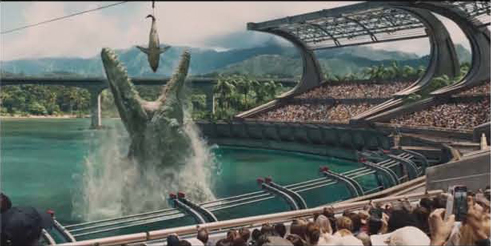
Come and see the “oversized” mosasaur.
Picture credit: Universal Studios
Feathered or naked, scaly dinosaurs. Pumped up members of the Pterosauria or mammoth mosasaurs are choices made by the Director. It is simply a film, one that will be enjoyed by a great many people including palaeontologists and other scientists who are quite happy to suspend belief, at least for a couple of hours, roughly the running time of the movie – (124 minutes with credits according to Colin Trevorrow, the Director).
Nanmu Studio created a range of prehistoric animal figures including a Mosasaurus that paid tribute to the prehistoric animals depicted in movies: Nanmu Studio Dinosaur and Prehistoric Animal Models.
The “Jurassic World” Legacy
We think that this film is going to inspire millions of young people to learn more about dinosaurs and animals that lived long ago. Many of those young people in the cinema audience marvelling at the monsters, will go on to pursue academic careers of their own. Perhaps, there might even be, amongst the millions of people who see this film, a girl or boy that will become an evolutionary biologist and contribute to the research on the genomes of extinct creatures. Actually, this is quite likely, given the predictions regarding the box office potential of “Jurassic World”.
Those young people will want to quench their thirst for all things dinosaur! The very fact that there are no “fluffy dinosaurs” in this film, will probably inspire young minds to find out more. A very good place to start is to seek out the many books, papers and articles authored by the likes of Darren Naish and his counterparts in the scientific community.
It is Entertainment
“Jurassic World” is just a film, it is science fiction, it is entertainment. The science behind the study of the Dinosauria and other prehistoric creatures has moved on dramatically since the very first “Jurassic Park”. Research will continue long after films like “Jurassic World” have faded from the memory, and that research, will in all likelihood, reveal even more astonishing information about these fascinating creatures.



